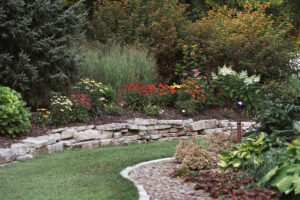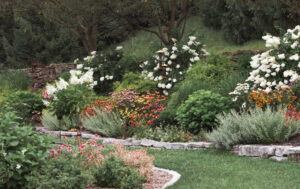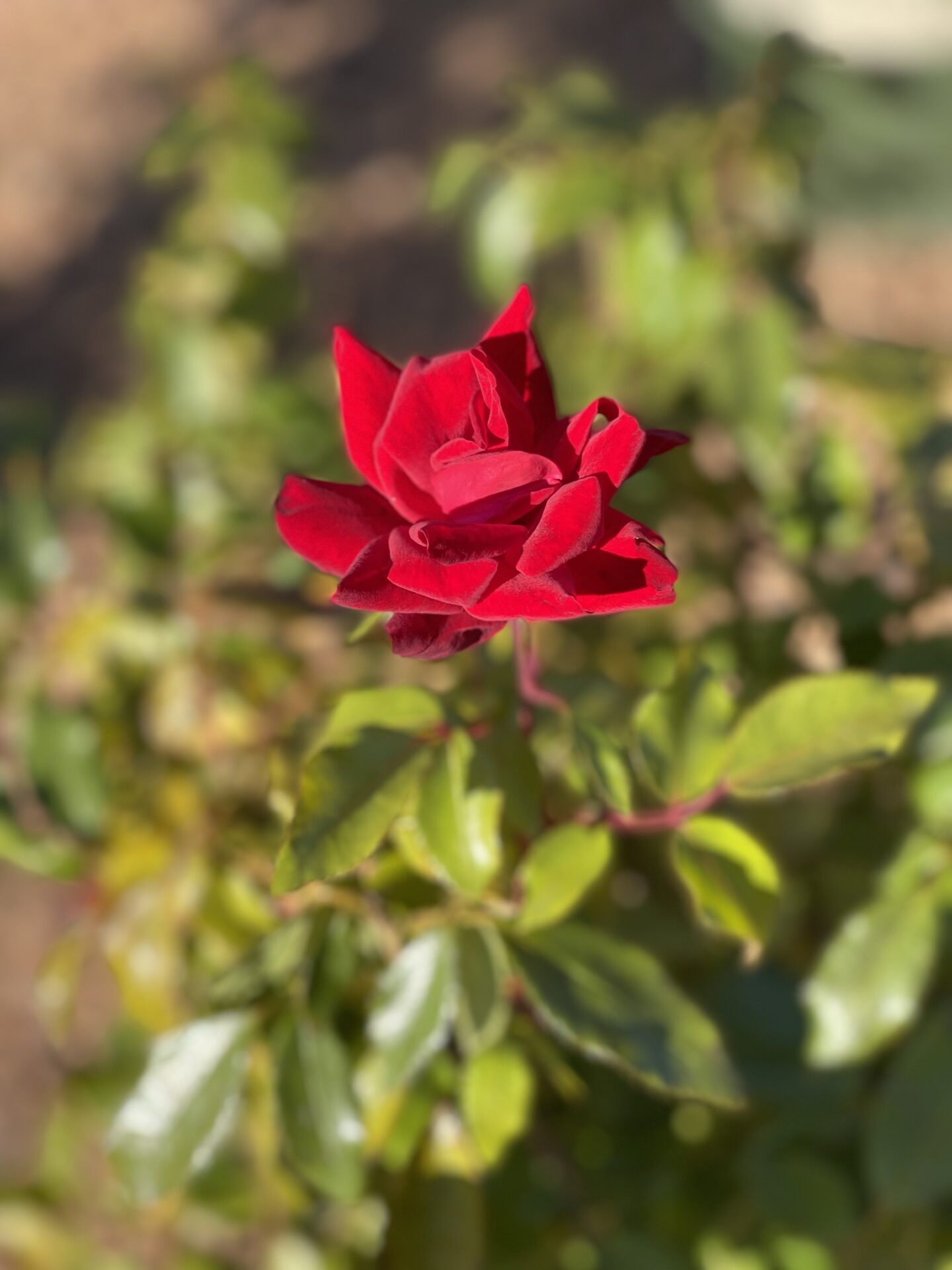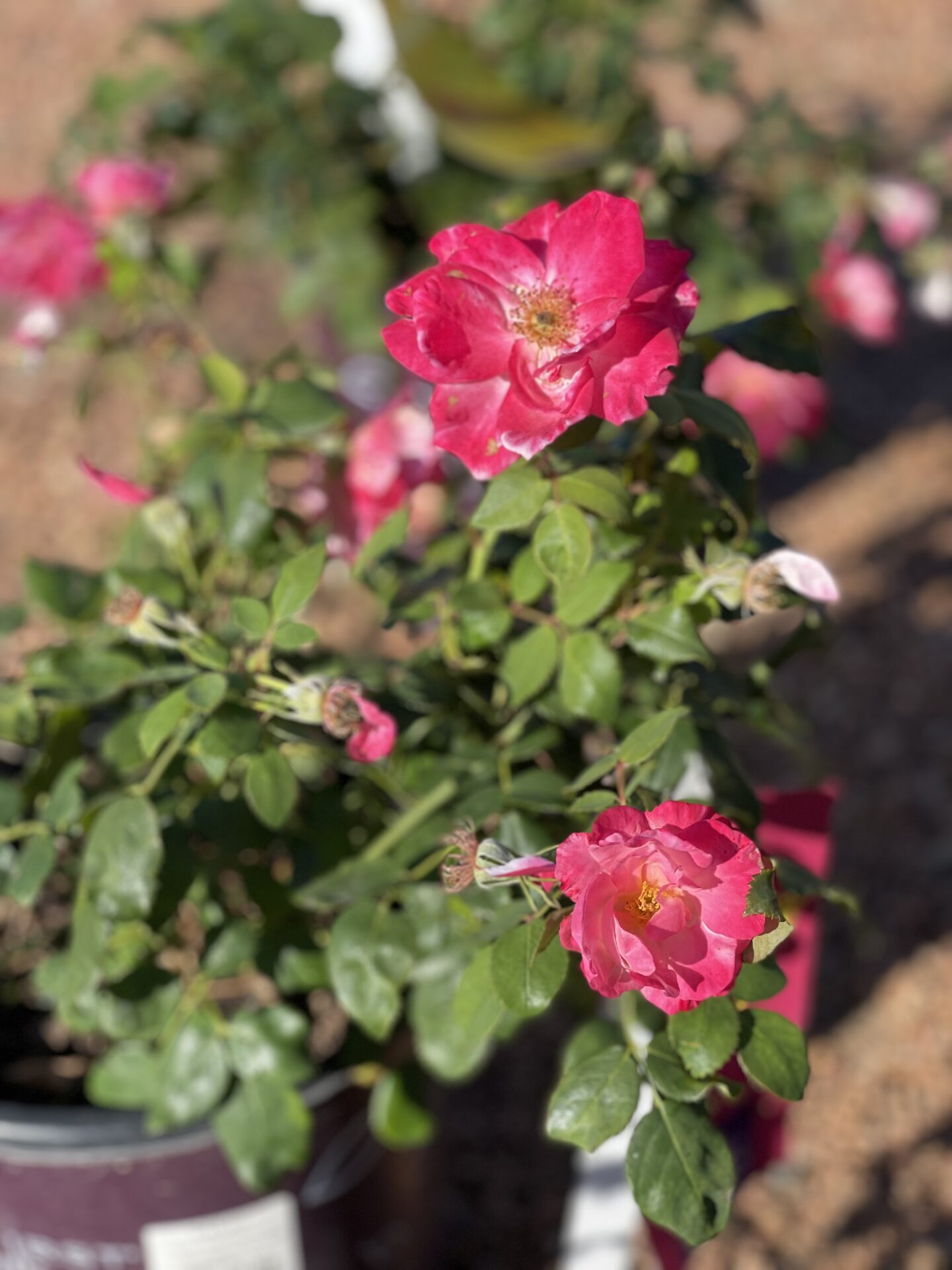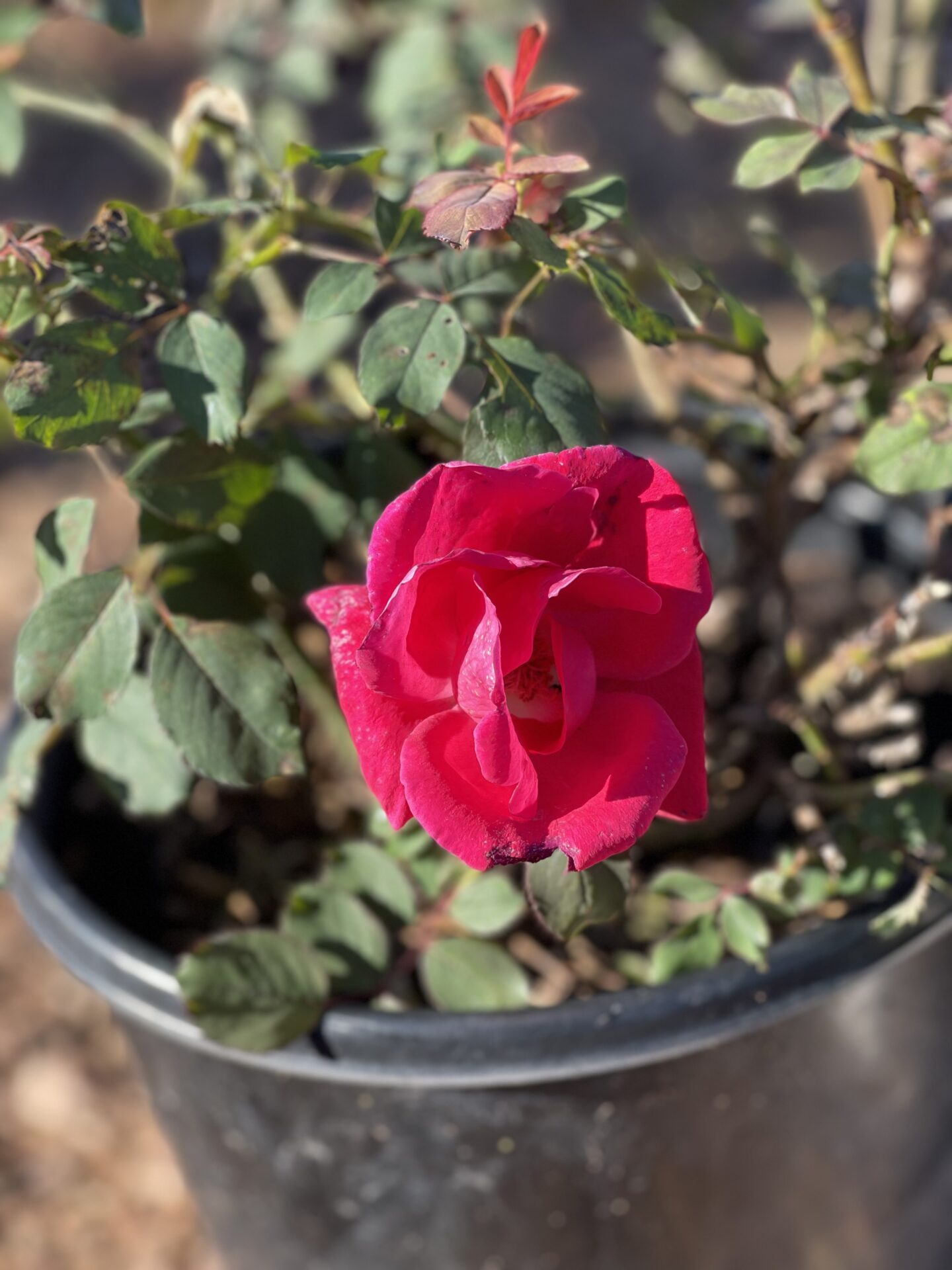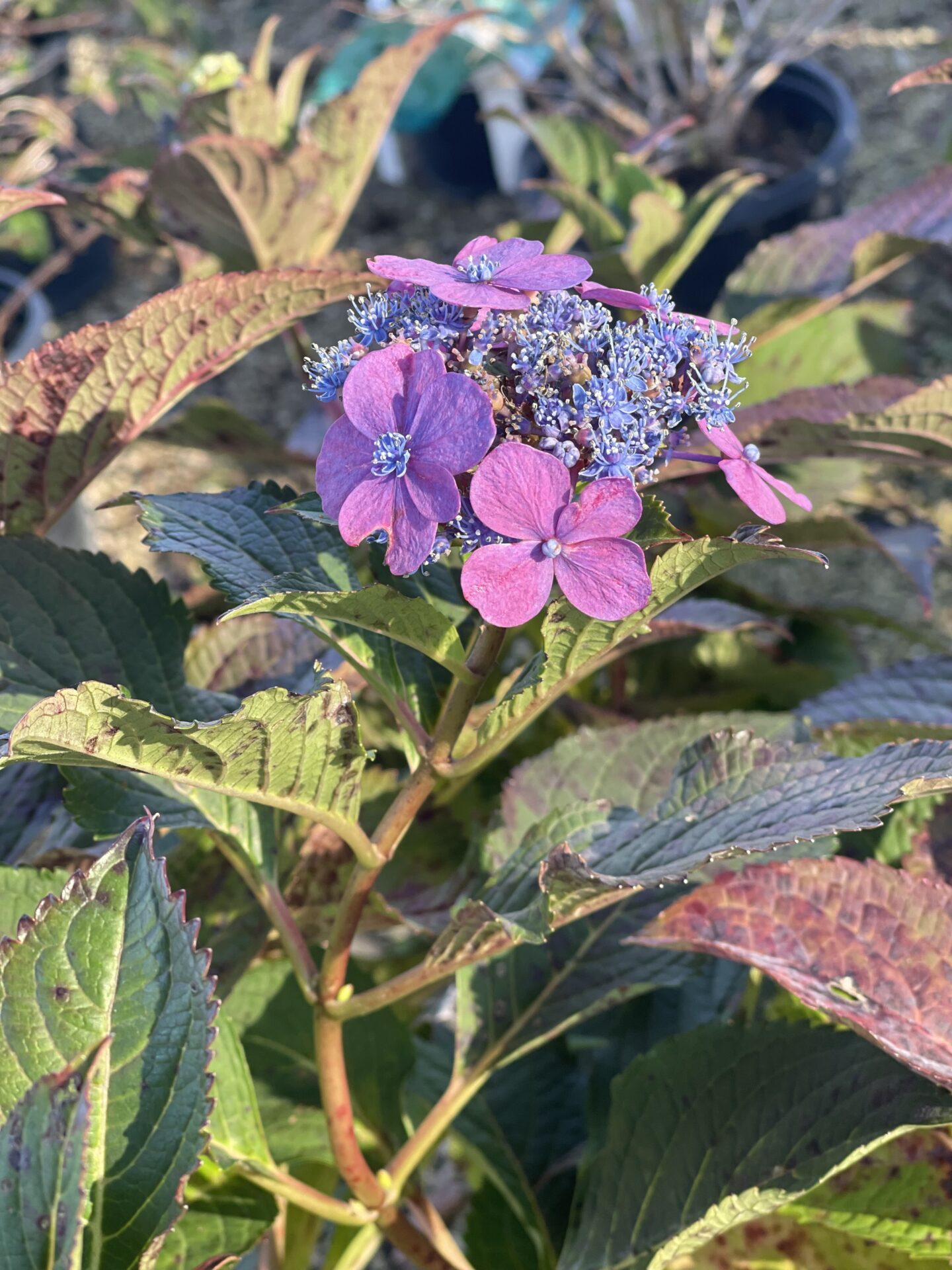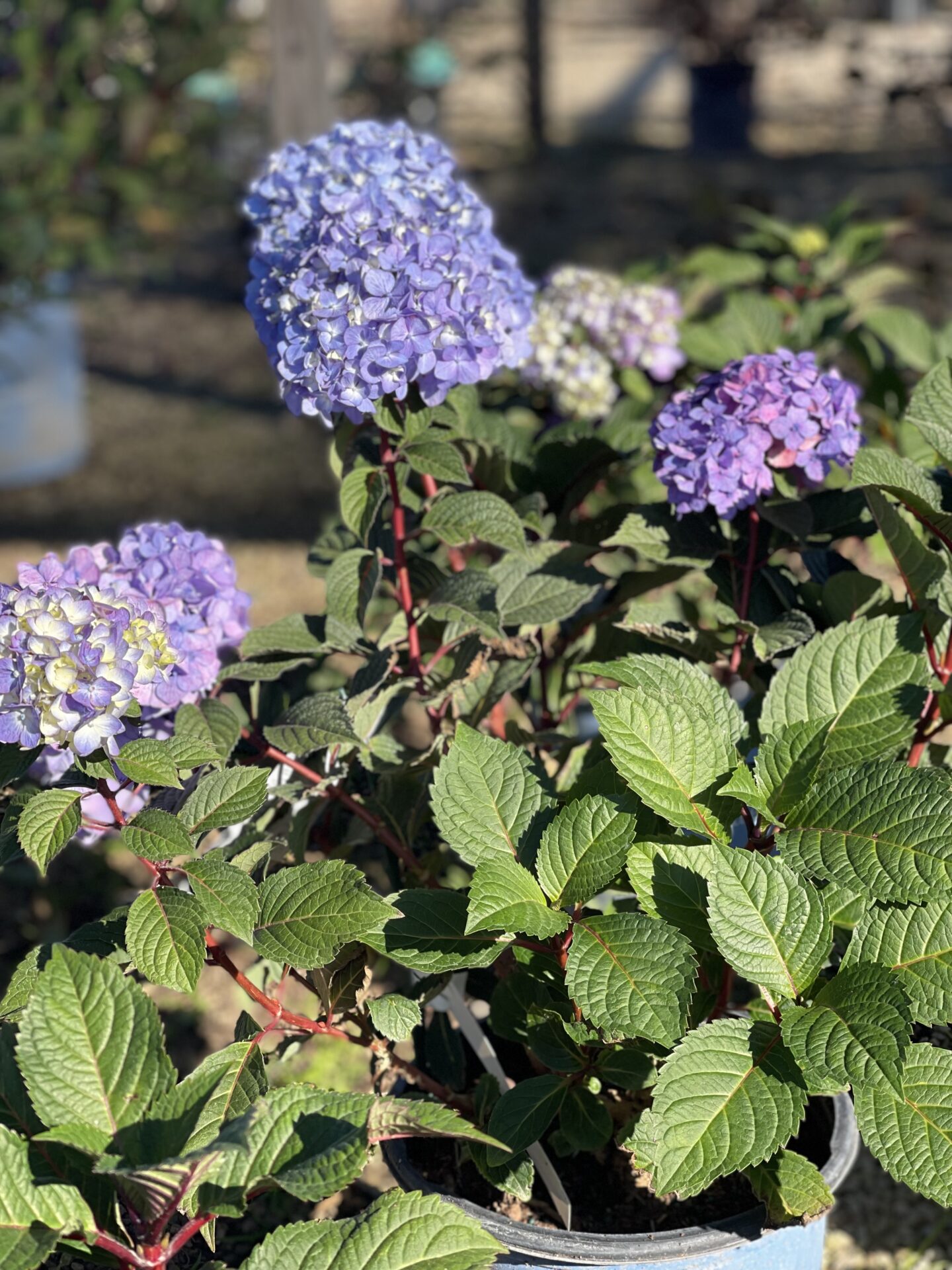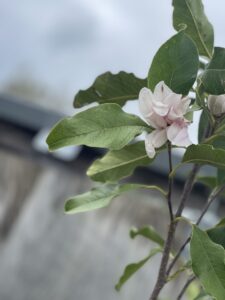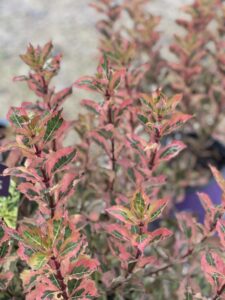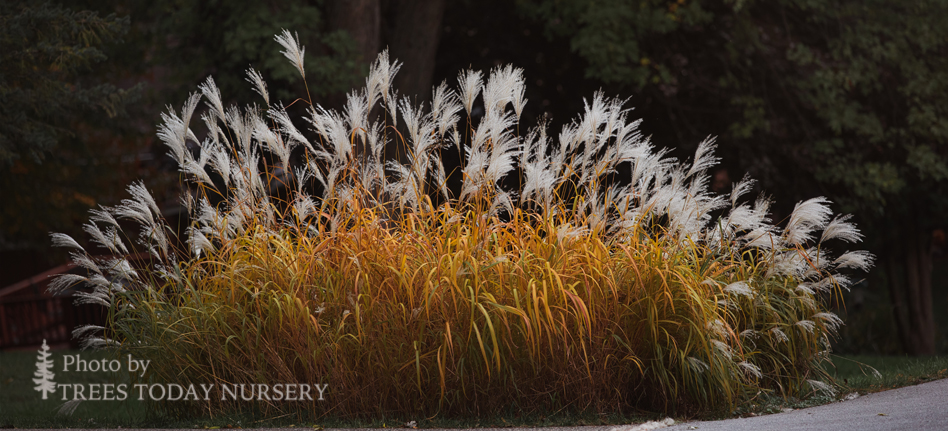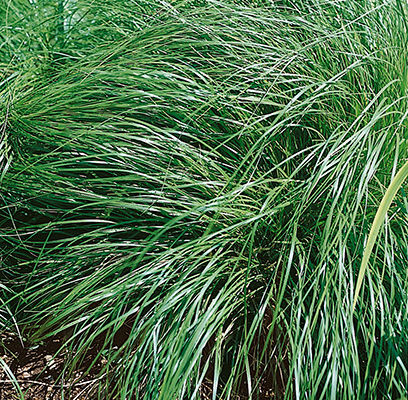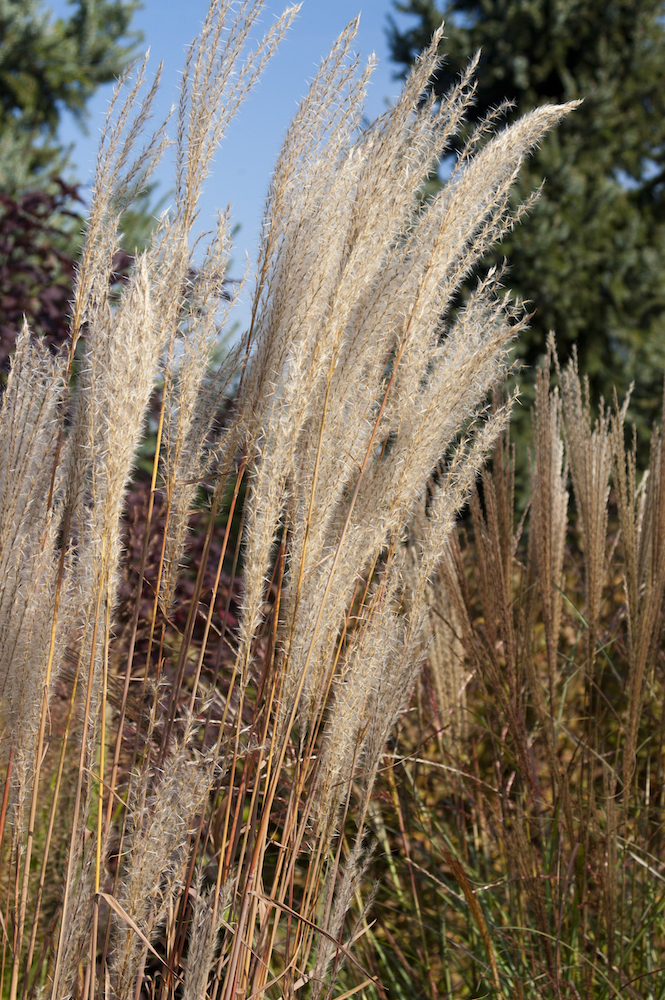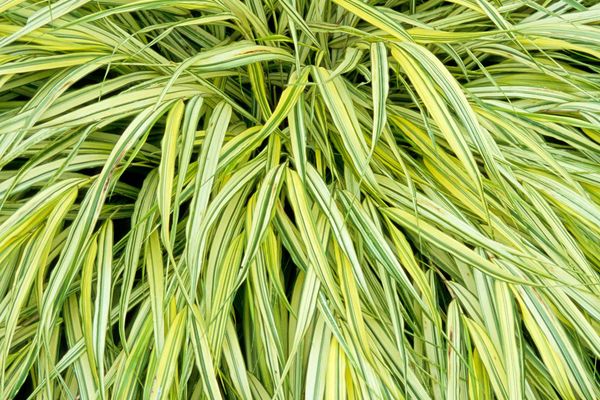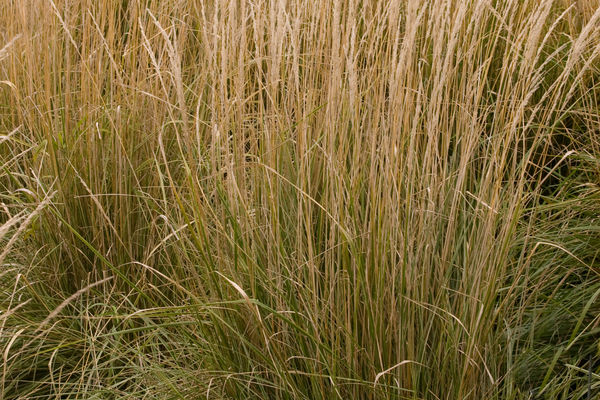Hydrangeas are perhaps the most showy, prolific and easy growing shrub around. They come in many sizes, colors and appropriateness for different soils. The shrubs are long living and extremely vigorous. The mopheads offer up some astonishing huge blooms that you can see from some distance. Some want only morning sun whereas others want full sun. They make great foundation plants or look terrific in pots. Some of the types of hydrangeas that grow in our area are the big leaf mophead (Endless summer), the smooth (Annabelle), and the panicle (the woody type like Limelight). Because there are so many varieties we recommend you talk to a staff person who can direct you to the right hydrangea to plant for your conditions. The following plants are some of the hydrangeas that we have carried. These plants may or may not be in stock.

hydrangea paniculata strawberry shake

hydrangea seaside serenade newport

Endless summer summer crush hydrangea
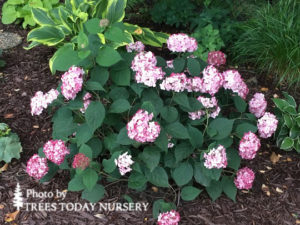
Invincible Ruby hydrangea
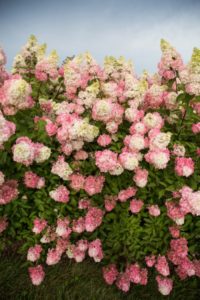
Berry White
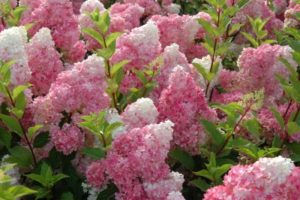
Vanilla Strawberry

Hydrangea blue enchantress





